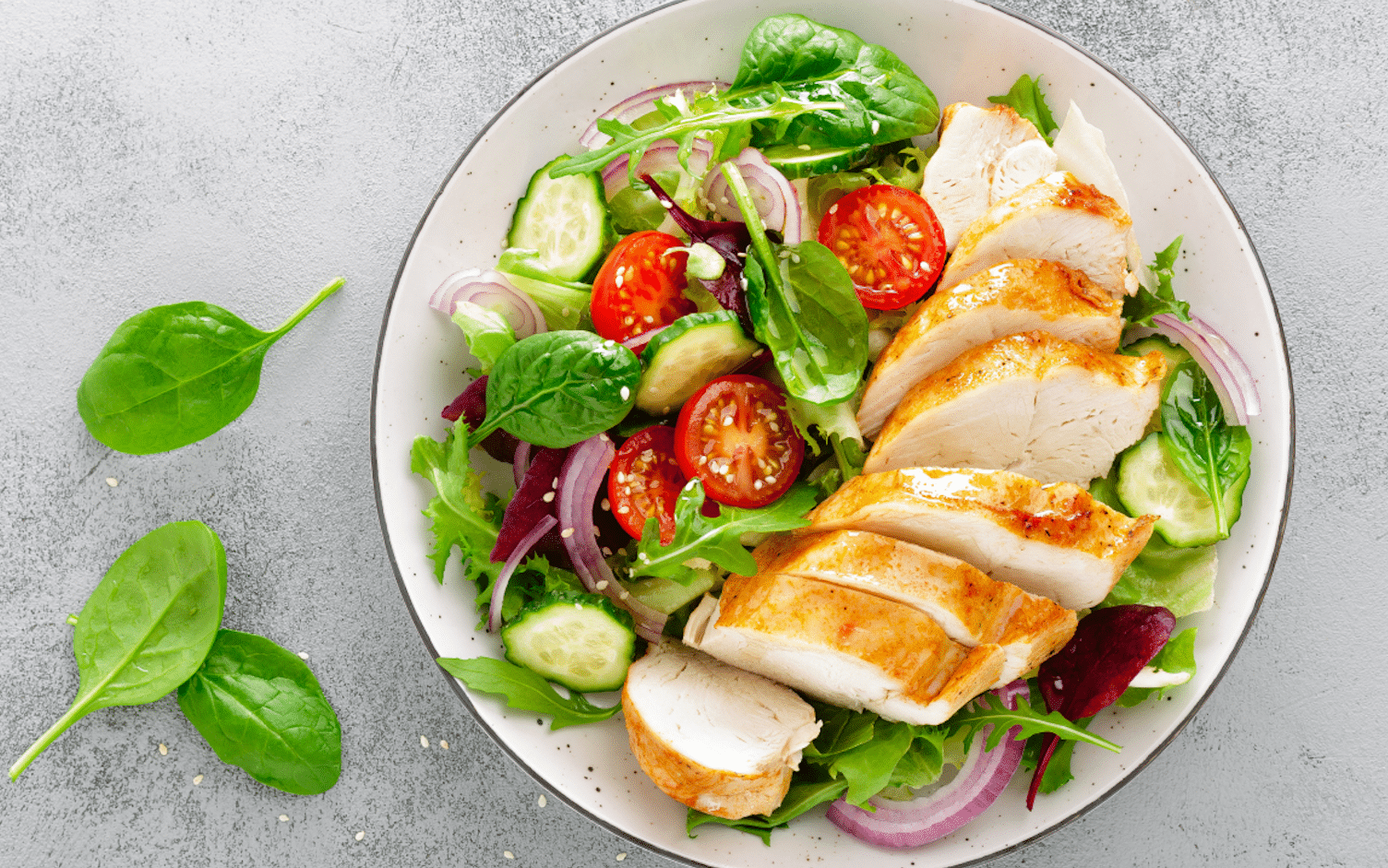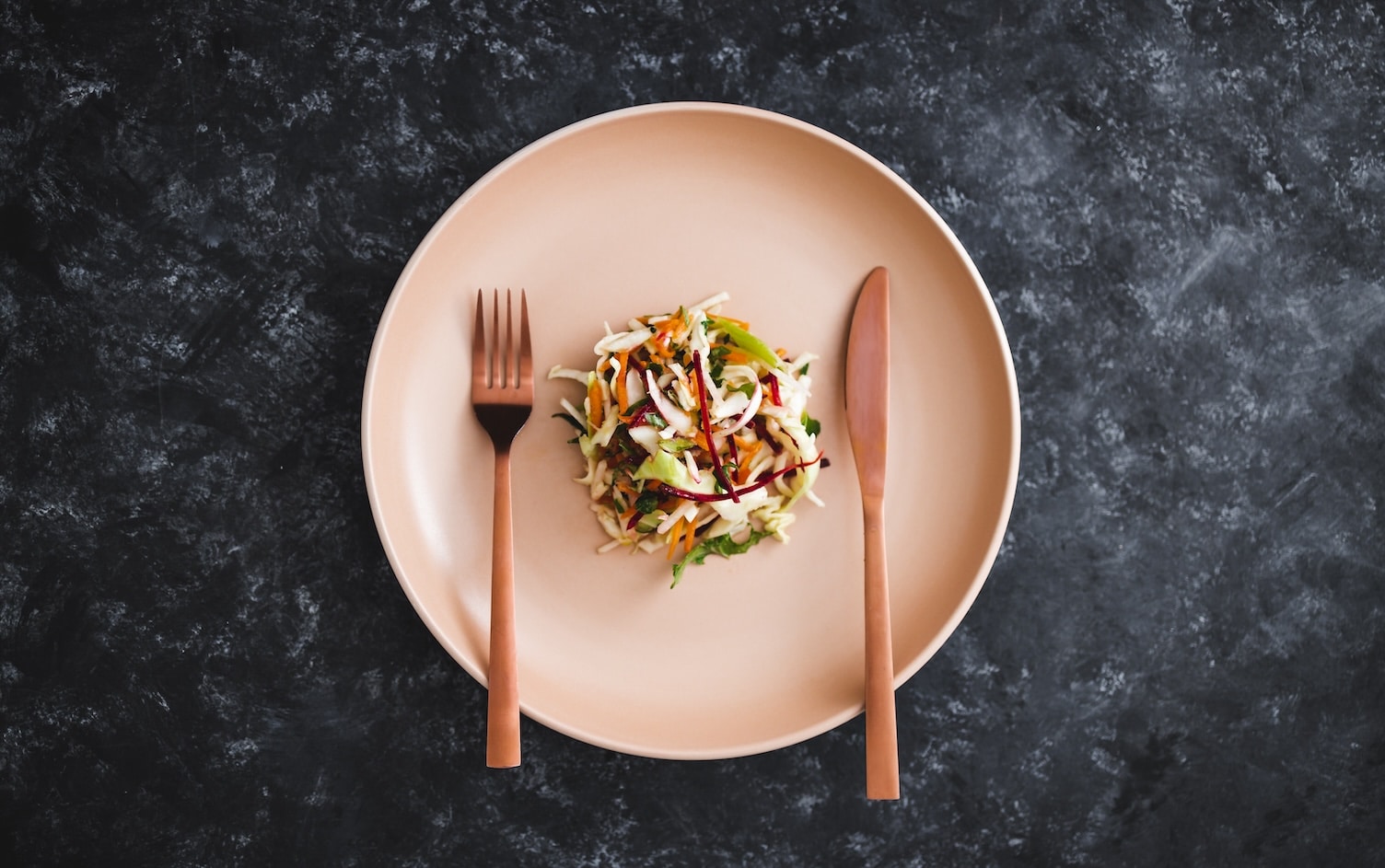High-intensity interval training, kettlebells, CrossFit and other more extreme forms of exercise seem to get all the attention these days. But if you’re new to working out or are looking for something a little less intense, you may wonder: What’s wrong with a good, old-fashioned walking program?
The answer: Nothing! Walking is an excellent form of exercise that can help you build fitness and help you lose weight (so long as you are creating a calorie deficit, as with any form of exercise). In fact, it’s so beneficial that it’s worth adding to a healthy lifestyle even if you are already a regular, more advanced exerciser.
Walking is free and easy on the joints, and there’s no special equipment or skills needed to do it. It offers so many incredible health and fitness benefits, including boosting your immunity, strengthening your bones and even improving your sleep quality.
READ MORE > 50 WAYS TO WALK MORE
Walking is also a simple way to get your weekly recommended dose of exercise. The Centers for Disease Control and Prevention recommends that adults get at least 150 minutes of moderate-intensity aerobic activity each week, and a brisk walk is a simple way to make sure you reach those guidelines.
Regular exercisers can use walking as a way to add more activity throughout the day. If you hit the gym often, but you’re sedentary for most of the day — as many office workers are — it may not be enough to stay healthy. One 2015 study found that a consistent 90-minute daily workout wasn’t enough to combat the ill effects of prolonged sitting. So even if you’re already following a regular workout plan, consider adding walks throughout your day. It’ll help break up long periods of sitting at a desk or in a car for improved health benefits without having to spend more time “working out.”
Once you’re a regular walker, consider adding a few additional elements to your plan. Including strength and flexibility training can help you gain strength and stamina, and they can also help you walk farther and faster — while staying injury-free.
In addition to regular aerobic exercise, the CDC recommends adults perform total-body muscle-strengthening activities at least 2 days per week. After you’ve established your walking habit, include strength-training sessions on days you don’t walk to develop muscles that shape your body and protect your joints. You can even incorporate some of your strength training into a walk — check out this 30-minute walking and strength workout for some ideas on how to safely strengthen your body and stay low-impact at the same time.
Finally, once you’ve included a balance of resistance and aerobic training in your schedule, don’t forget the flexibility component. Stretching can improve your performance during your workouts, bolstering your strength, mobility and range of motion. Not sure how to begin stretching? Check out these 6 seated stretches for walkers that can be done easily at home using just a chair. Stretch sessions don’t require a lot of extra time or effort so you can add them into your schedule up to 7 days a week. Feel free to start with a more reasonable goal of of 2–3 weekly sessions.
The bottom line? Walking is a wonderful form of exercise and a great way to build a regular fitness habit, but if you limit yourself to only walks, you may be missing out on strong, shapely muscles and overuse injuries in the long term. Try adding regular strength and flexibility work to your weekly program once you’ve established a routine for best results and walking longevity.




